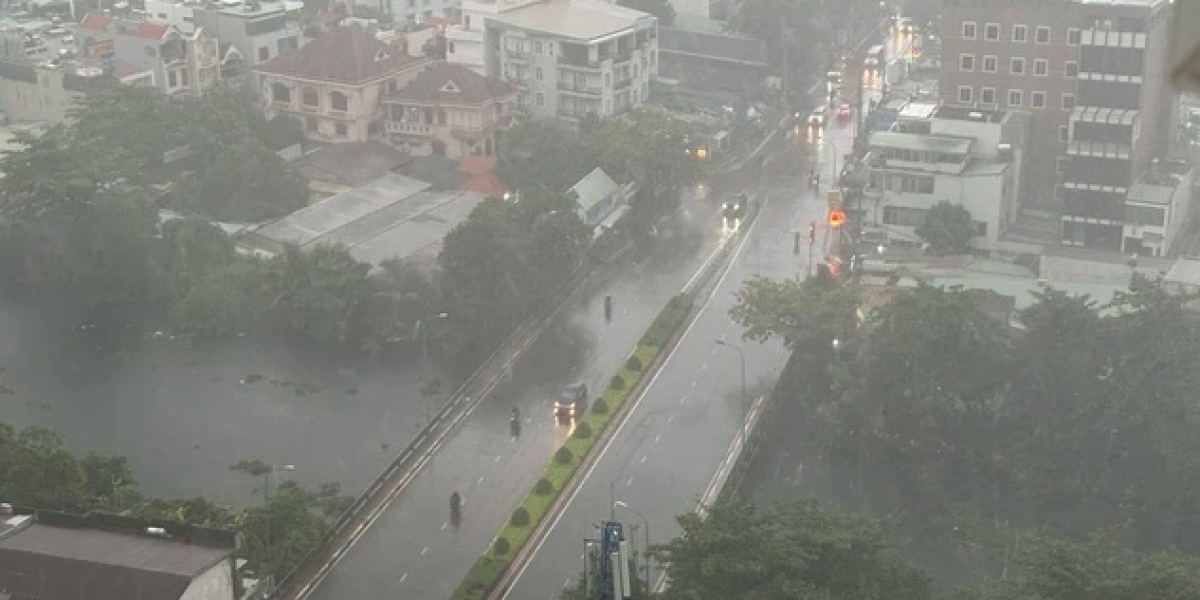Weather-resistant power insulators Weather-resistant power insulators are designed to withstand harsh environmental conditions, including UV, moisture, and temperature extremes, ensuring uninterrupted power delivery.
Weather-resistant power insulators are specialized components designed to maintain electrical insulation performance under extreme and variable environmental conditions. These insulators are essential for ensuring the reliability of both transmission and distribution networks exposed to rain, snow, ice, salt-laden coastal air, high winds, pollution, and temperature fluctuations. Their primary function is to prevent leakage currents, flashovers, and mechanical failures caused by environmental stressors, making them a critical element in resilient power infrastructure.
The performance of weather-resistant insulators is strongly influenced by material selection and surface design. Traditional porcelain and glass insulators provide inherent resistance to temperature variations and mechanical loads, but they are susceptible to contamination and surface moisture accumulation. Composite polymer insulators, often incorporating fiberglass cores with silicone or epoxy rubber housings, offer enhanced hydrophobicity, lightweight handling, and high pollution resistance. These properties help maintain insulation performance even during heavy rainfall or in areas prone to industrial or coastal contamination.
Design innovations further enhance environmental resilience. Weather-resistant insulators typically feature ribbed or shed profiles that increase creepage distance, preventing flashovers caused by surface moisture or dirt accumulation. Hydrophobic coatings or inherently hydrophobic polymer surfaces prevent water films from forming, reducing the likelihood of leakage currents. In cold climates, designs account for ice and snow accumulation, ensuring mechanical stability and consistent dielectric performance. The combination of geometric optimization and material science allows these insulators to perform reliably across diverse climates and harsh conditions.
Applications for weather-resistant insulators are widespread. Coastal regions with salt spray, industrial zones with high pollution, desert environments with dust and sand, and areas subject to heavy rainfall or ice loading all require specialized insulation solutions. In renewable energy applications, such as offshore wind farms or solar farms in arid regions, these insulators are critical to ensuring uninterrupted power transfer under challenging conditions. Utilities rely on weather-resistant insulators to minimize maintenance frequency, reduce downtime, and extend operational lifespans in environments that would otherwise accelerate degradation.
Manufacturing processes for weather-resistant insulators involve precise material formulation and quality control. Composite insulators require consistent polymer curing, fiberglass core integrity, and surface treatment to achieve uniform hydrophobicity. Porcelain and glass insulators undergo glazing and kiln-firing processes to enhance mechanical strength and moisture resistance. Rigorous testing, including salt fog, UV exposure, thermal cycling, and pollution simulation, ensures that products meet stringent environmental standards. These tests simulate long-term field conditions to predict performance, providing utilities with confidence in reliability under diverse weather patterns.
The market for weather-resistant insulators is influenced by regional climatic challenges, infrastructure modernization programs, and renewable energy integration. Areas prone to extreme weather or environmental contamination are key growth segments, driving demand for high-performance insulators. Governments and utilities increasingly prioritize infrastructure resilience in policy and procurement strategies, further supporting market expansion. Additionally, ongoing electrification in emerging economies requires durable insulators that can withstand challenging outdoor conditions, creating opportunities for both established manufacturers and innovative material suppliers.
Emerging trends in this segment include the development of advanced polymer composites, nanocoatings, and sensor integration. Innovations in polymer chemistry improve hydrophobicity, mechanical strength, and UV resistance, enhancing long-term reliability. Nanocoatings offer self-cleaning surfaces, reducing maintenance requirements in polluted or high-moisture environments. Some modern insulators incorporate sensors to monitor leakage currents, surface contamination, and environmental exposure, enabling predictive maintenance and smart grid integration. These technological advancements align with global trends toward digitalization and intelligent asset management in the power sector.
Maintenance and lifecycle considerations are critical for weather-resistant insulators. In environments with high pollution, salt deposition, or extreme precipitation, traditional insulators require frequent cleaning and inspection to maintain reliability. Composite and polymer insulators reduce this burden through their lightweight construction, self-cleaning surfaces, and inherent resistance to environmental stress. Lifecycle cost analysis increasingly guides utility procurement decisions, with a preference for products that reduce operational expenses, minimize service interruptions, and extend functional life.
Safety and regulatory compliance are also paramount. Weather-resistant insulators must meet international and national standards for electrical, mechanical, and environmental performance. Testing ensures they withstand not only electrical stress but also mechanical loads from wind, ice, and vibration, as well as environmental challenges such as UV exposure and contamination. Compliance ensures operational safety for personnel and reliability for end users, while also enabling manufacturers to supply global markets with confidence in product performance.
In conclusion, weather-resistant power insulators are indispensable for maintaining reliable and safe electricity delivery in diverse and challenging environmental conditions. Through advanced materials, optimized design, and rigorous testing, these insulators minimize the risk of flashovers, leakage currents, and mechanical failures. As the global energy sector continues to expand into harsh and variable environments, the adoption of weather-resistant insulation solutions will remain a critical strategy for utilities seeking operational efficiency, grid reliability, and long-term sustainability.






